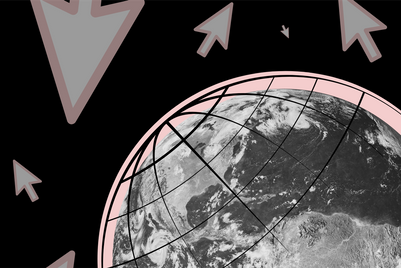
Even before COVID-19 hit, global consumers downloaded a record 204 billion apps in 2019. Throw a global pandemic and widespread lockdown into the mix and we can expect those numbers to be eclipsed in 2020 as customers across Southeast Asia realign their shopping habits.
For brands that are ahead of the online retail curve, this forced acceleration of ecommerce adoption presents a tremendous opportunity to drive competitive advantage—as well as offering a springboard for brands lagging behind.
With Single’s Day less than three months away (remember last year the vast majority of the US38.4 billion of sales came in the first 24 hours) now is the time to ensure you have the optimal mobile and in-app sales and marketing strategy in place to take advantage of the forced zeitgeist.
For me, that comes down to making sure you have considered the three Rs:
Reach
Just because you build it (a great mobile app experience) it doesn’t mean that they (the customers) will come. For many brands, this means turning to the alpha publishers like Google and Facebook to drive app downloads. On the one hand, this can be an effective way to boost numbers but on the other, it can quickly drain adspend as well as require additional funds for CPI (cost per install) networks. When you factor in rising disenchantment with traditional advertising and ‘banner blindness’, it pays to have a diversified approach when looking to reach new users.
This is where partnerships are playing an increasingly important role in mobile commerce at both ends of the spectrum—micro influencers through to big brand tie-ups. As an example of the former, I recently bought a desk for my home after being inspired by a sponsored Instagram post. For a big brand hook up, let’s look at Ticketmaster’s partnership with Spotify. If you’re on Spotify looking at an artist, you might see a tab saying that the artist is playing a gig in your area, with an invitation to buy tickets via Ticketmaster. So you buy the tickets and Spotify gets a commission. Ultimately, this is nothing like a banner ad, as it’s much more of a native experience where you are showing an interest in that artist. The invitation to buy a ticket to see the band live is contextual, relevant and useful for the user; as opposed to the interruptive and intrusive experience of a banner ad.
Retain
One of the biggest issues when it comes to mobile apps is retention. According to eMarketer, on average, 87% of an app’s new users will stop using the app within seven days. These are people you have paid to acquire, who are now providing you with no value at all—it’s a major problem. Of course, if you acquire a new customer via one of your partnerships, you face the same challenge but (and it’s a big 'but') you’re not paying for it with cold hard cash. It’s a performance play, so you can say you’re not going to pay anything for an install, but you will pay when someone completes the first level of your game, or deposits funds or spends $5 in your app, or whatever desired outcome you specify.
Reward (and review)
Once you have a diversified reach strategy, it’s important to have visibility into the customer journey in order to reward the people who had a role in the path to purchase and review which partners are delivering the best results and the most valuable installs.
Within Southeast Asia, a lot of people remain wedded to last-click, but it is important to figure out how to incentivise top-of-funnel partners so that they keep promoting even if they are left out of last-click attribution. This is where partnership-automation technology (which my company provides) comes in. It provides the data and tools to enable advertisers to understand if people are being left out and to compensate them even for sales where they do not get the last click. It puts the power back in advertisers’ hands. In fact, we manage the entire relationship from partner discovery, through contracts, attribution, reward and optimisation—giving brands the time and the insights to develop the optimal marketing and sales strategy.
2020 has certainly been a rocky ride for many brands, but with some of the biggest Southeast Asian shopping holidays ahead, those with the right in-app strategy will be best placed to finish the year on a high.
Antoine Gross is general manager for Southeast Asia at Impact.



.jpg&h=334&w=500&q=100&v=20250320&c=1)

.jpg&h=334&w=500&q=100&v=20250320&c=1)

.jpg&h=334&w=500&q=100&v=20250320&c=1)







.jpg&h=268&w=401&q=100&v=20250320&c=1)



.jpg&h=268&w=401&q=100&v=20250320&c=1)
